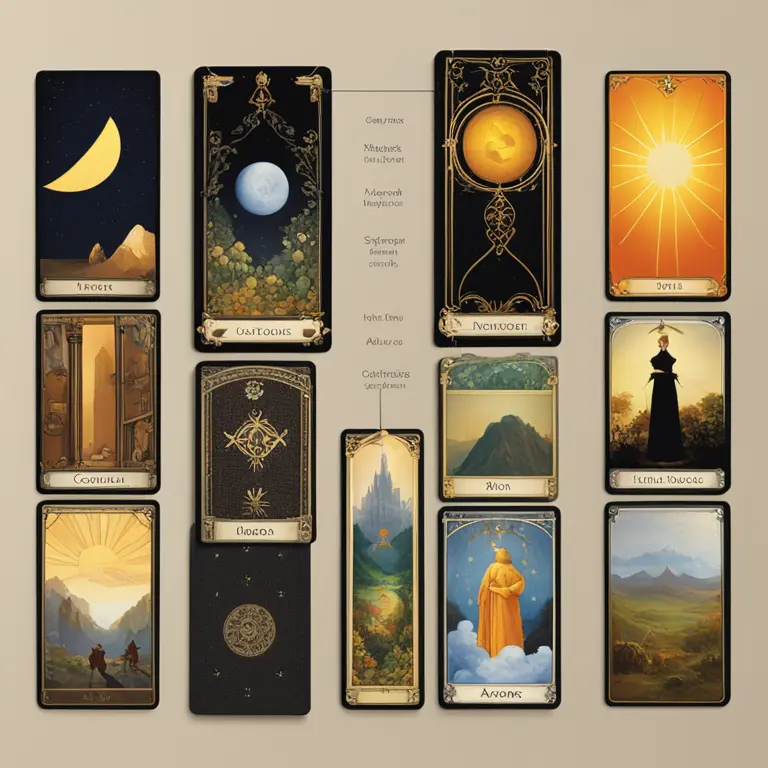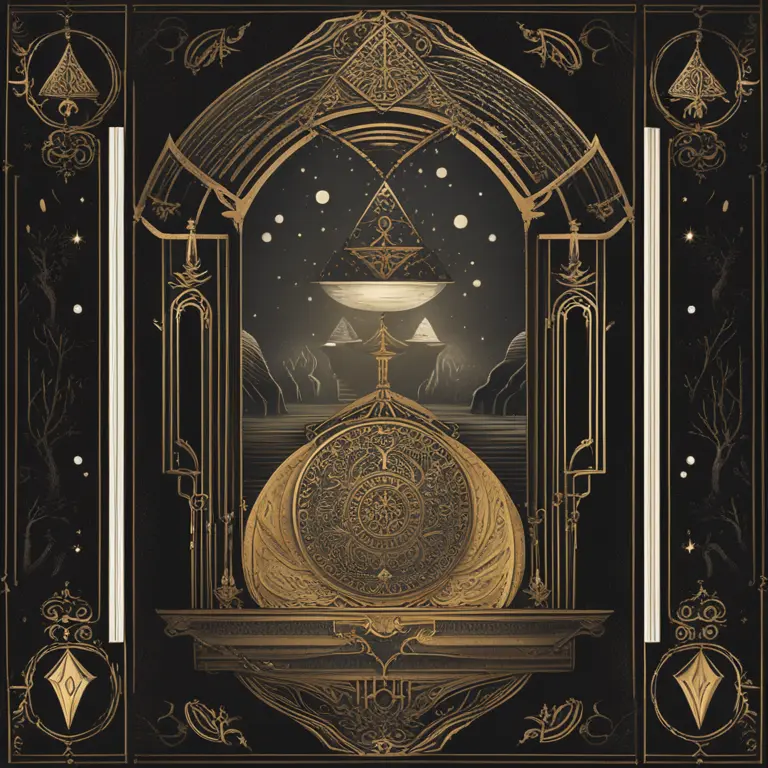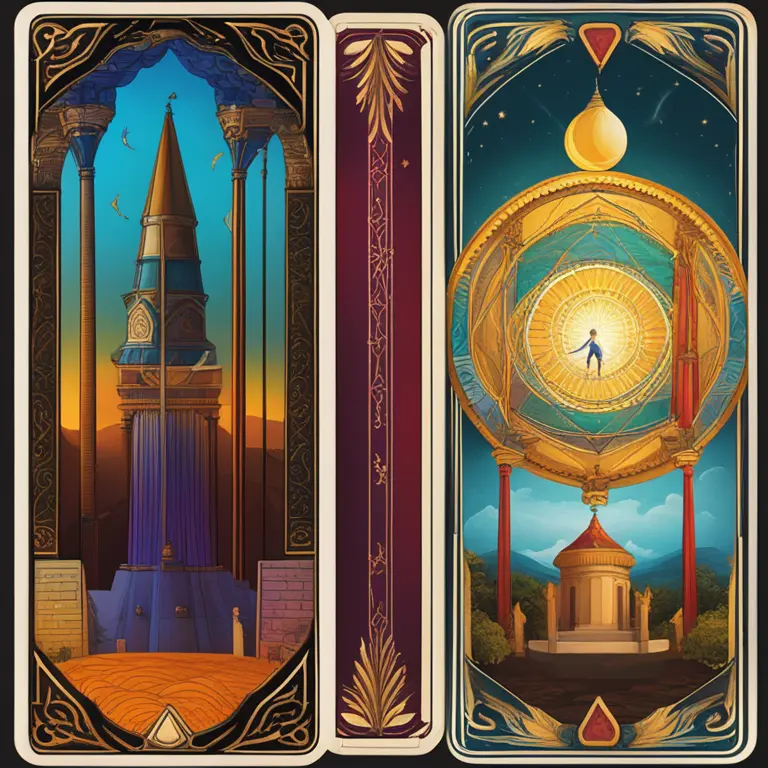
The Genesis of Tarot
The tarot deck, with its intricate imagery and enigmatic symbols, has a shrouded origin that mystifies historians and enthusiasts alike. Its birth is not the work of a single creator but a gradual evolution of ideas and purposes. Originally, tarot cards were not used for spiritual or mystical reasons but were likely intended for playing a game known as tarocchi, a pastime recorded as early as the mid-15th century in various parts of Europe such as Italy, France, and Austria. What began simply as a leisure activity, soon became infused with richer, deeper meanings.

A Journey Through Time
The transformation of tarot cards from game pieces to instruments of divination is a fascinating one. By the 18th century, the cards were imbued with mystical significance, mostly attributed to the lore surrounding ancient Egypt and the wisdom of mystical Hebrew texts. Icons such as Antoine Court de Gébelin and Jean-Baptiste Alliette (Etteilla) played pivotal roles in repurposing the cards for esoteric use. As such, they are often mistakenly credited with the invention of tarot, whereas they merely redirected the path of an already long-existing artifact.

Tarot and Traditions
The tarot deck evolved to include two parts: the Major Arcana, rich in archetypal imagery, and the Minor Arcana, more akin to contemporary playing cards. Each card in the Major Arcana, from The Fool to The World, embodies a symbolic life lesson or an archetypical theme, while the Minor Arcana deals with everyday matters, encompassing four suits that could be likened to our modern hearts, diamonds, clubs, and spades. It's those images and themes that give tarot its power in reflection and contemplation.

Modern Mystical Movements
Modern tarot owes much to the esoteric traditions established in the late 19th and early 20th centuries, including organizations like the Hermetic Order of the Golden Dawn. Members such as A.E. Waite and Aleister Crowley, with artists Pamela Colman Smith and Frieda Harris, respectively, created some of the most renowned tarot decks. These visionary decks laid the foundation for the contemporary symbolism that is now prevalent in tarot readings, defining the modern aesthetic and spiritual nuance.
Tarot in the Digital Age
Moving into 2024 and beyond, tarot's allure persists, evolving with technology and culture. As we digitize and globalize, tarot reading has found new mediums through which to operate, from online readings to apps, making it more accessible. Yet, regardless of the tool, the tarot’s principle remains intact: to provide insight and guidance, reflecting the longstanding human desire to seek wisdom beyond the tangible world.
Conclusion: The Untouched Enigma
The tarot's true inventor might remain shrouded in the annals of history, yet its impact is indelible. Through its malleable usage and the intrinsic human search for meaning, tarot readings stand as a testament to our collective search for understanding life's great mysteries. Today, the cards continue to serve as both mirror and map, guiding seekers as they navigate life’s inexorable tides.
Published: 1/17/2024
Modified: 1/17/2024
More predictions
Come back here soon to learn more about yourself and your future


Can Tarot Cards Predict Your Love?
Discover the mystical connection between tarot readings and predicting love, from finding soulmates to navigating relationships through the arcane.


The Power of Tarot in Personal Insight
Discover how tarot readings can provide guidance, clarity, and perspective in our lives, offering a unique tool for personal growth and self-awareness.


Can Tarot Cards Forecast Your Future?
Discover whether tarot cards hold the power to predict what's ahead, and how this mystical practice might guide your future choices.